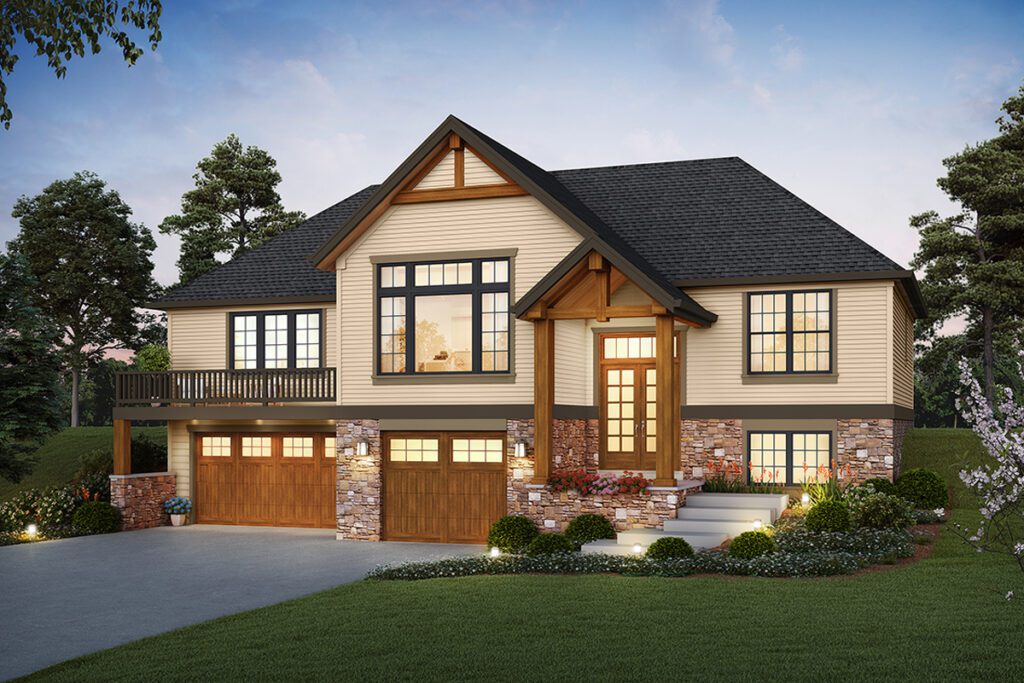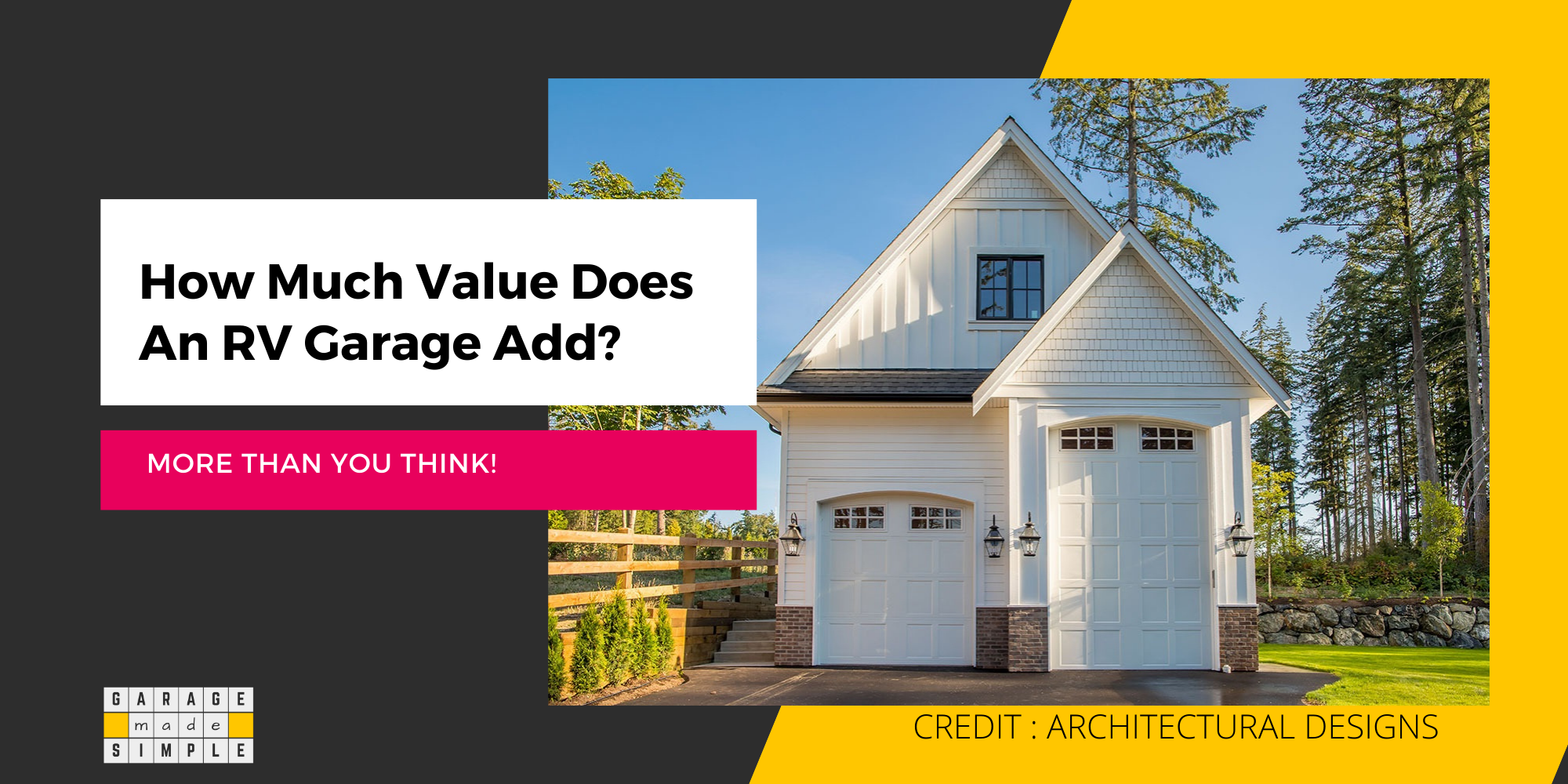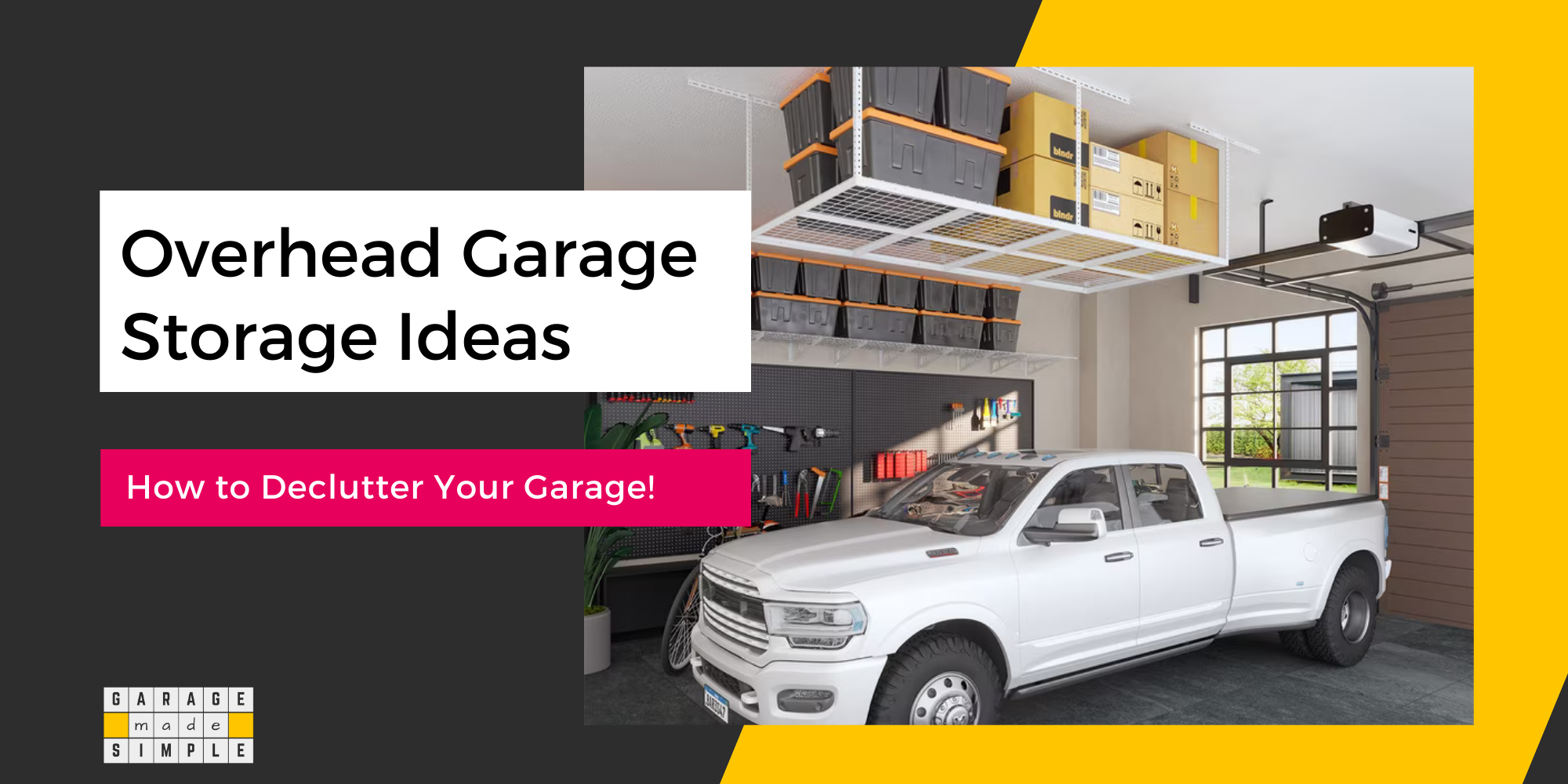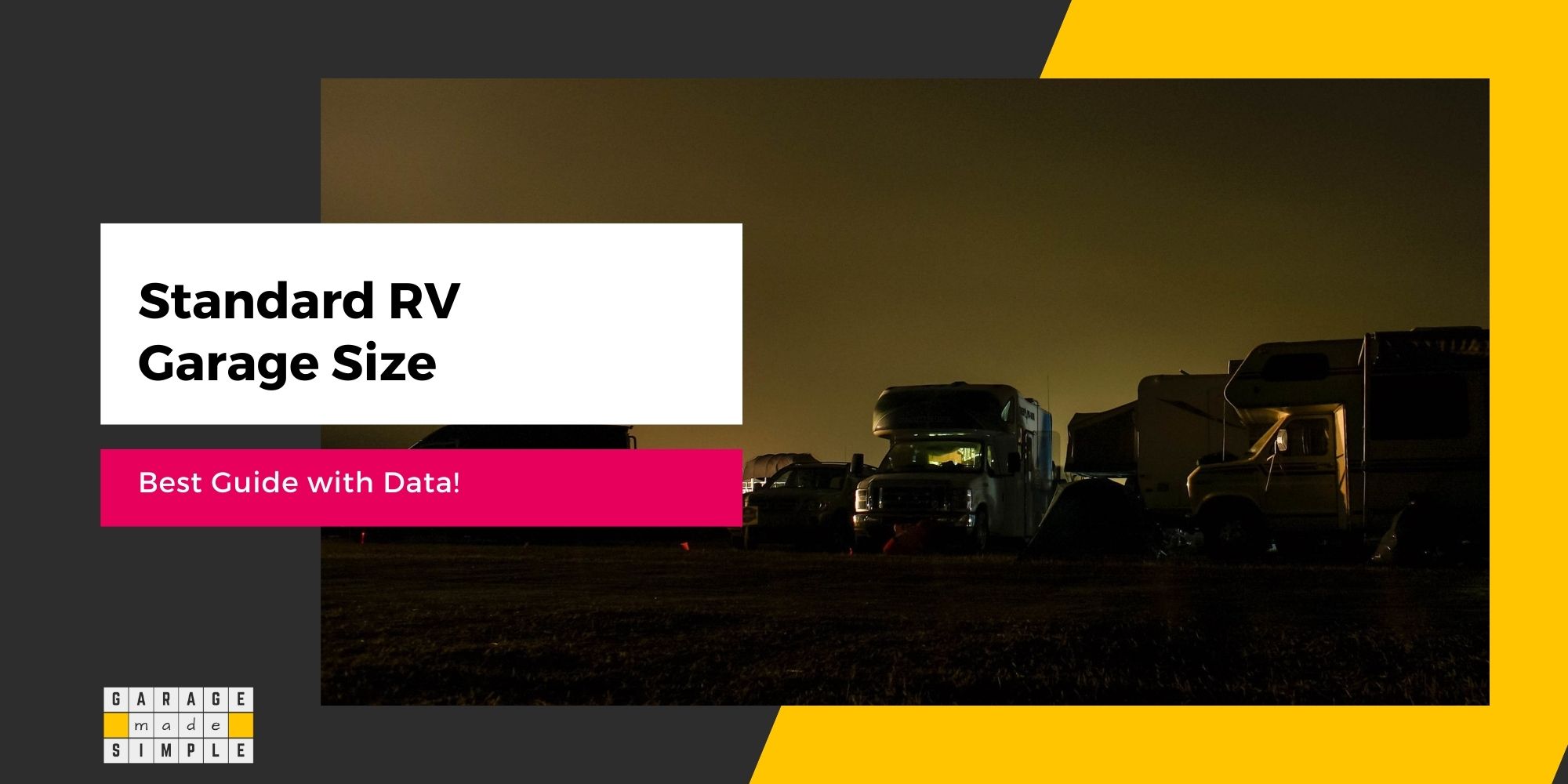Built-in Vs Attached Garage: Which Is Better?
As an Amazon Associate, I earn from qualifying purchases.
Key Takeaways: Built-in Vs Attached Garage
- Living Quarters: A built-in garage has living quarters above it, whereas an attached garage does not.
- Space Optimization: Built-in garages are preferred for small or narrow lots. Common in row or townhouses.
- Shared Walls: Built-in garages share more walls with the house compared to attached garages.
- Roof Styles: Built-in garages do not have their own roof. Attached garages have roofs matching the main house.
- Building Codes: Both built-in and attached garages are subject to the 2021 International Residential Code (IRC).
What’s the Difference Between Built-in Garage vs Attached Garage?
At a very generic level, a garage can either be attached to the house or be detached from it. Within the attached garage category there are a few sub-categories. One of them is a built-in garage. So, what’s the difference between a built-in vs attached garage?
Both, a built-in garage and an attached garage, are part of the house. Both can be accessed from within the house through a garage entry door. The main difference is that the built-in garage has living quarters above it but an attached garage does not.
A built-in garage tends to be the preferred choice in a house built on a small or narrow lot. In the case of a row house or townhouse, built-in garage is the only option. The smaller footprint of the house requires the architect to maximize use of vertical space.
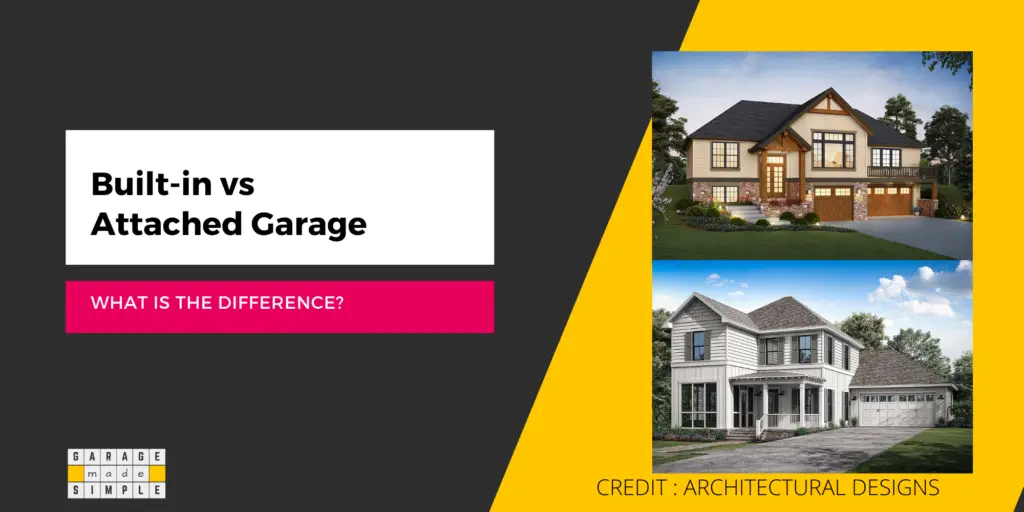
Architects will often take advantage of a sloping piece of land by building a garage under the house. This is not only an efficient use of the land, but also offers an interesting architectural style to the house.
Shared Walls
An attached garage may share just one wall with the main house. However, a house with a good floor plan is likely to share two walls with the attached garage. A built-in garage, on the other hand is likely to share at least two walls (possibly, three walls) with the house.
Roof Style
The built-in garage, of course, does not have its own roof or attic. The ceiling of the built-in garage is the floor of the room above it. You can distinguish the garage from the house, only by the large garage door.
The attached garage has its own roof. The roof material and style will match with the house roof material and style. In a single floor house, the roofline of the attached garage is likely to be a continuation of the roofline of the house.
2021 IRC
When it comes to a built-in vs an attached garage, the code applicable is basically the same as, in essence, a built-in garage is only a subset of an attached garage.
Section R302.6 of The 2021 International Residential Code (IRC) is relevant to the Dwelling-Garage Fire Separation and applies to both a built-in garage and an attached garage
R302.6 Dwelling Garage Fire Separation (applies to adjoining Garage Walls & Ceilings) states that
The garage shall be separated as required by Table R302.6. Openings in garage walls shall comply with Section R302.5. Attachment of gypsum board shall comply with Table 702.3.5. The wall separation provisions of Table 302.6 shall not apply to garage walls that are perpendicular to the adjacent dwelling unit wall.
Table R302.6
| Separation | Material |
| From the residence and attics | Not less than ½-inch gypsum board or equivalent applied to the garage side |
| From all habitable rooms above the garage | Not less than 5⁄8 -inch Type X gypsum board or equivalent |
| Structure(s) supporting floor-ceiling assemblies used for separation required by this section | Not less than ½-inch gypsum board or equivalent |
| Garages located less than 3 feet (914 mm) from a dwelling unit on the same lot | Not less than ½-inch gypsum board or equivalent applied to the interior side of exterior walls that are within this area |
The third row of the table would apply for a built-in garage, but is not applicable to an attached garage.
The local building code for use of drywall in a garage is usually an exact copy of the above IRC code. Some local authorities may add to the above code for the sake of more clarity or making the code more stringent in their jurisdiction.
But no local building code will compromise on the IRC Code and make it less stringent.
Architectural Designs
Architectural Designs offers house plans from over 200 architects and designers. The family-owned business has been selling home plans to builders and homeowners across North America (as well as some internationally) for generations.
Their designs include everything from starter homes to elaborate luxury homes. They even sell garage plans and multi-family homes. Their home plans are sold as-is or can be modified to suit your custom needs.
Built-in Garage Example
Stunning Split Level Craftsman House Plan with Large Picture Window
Below is an example of a stunning Split Level Craftsman House Plan with Large Picture Window, incorporating, not one, but two built-in garages. Check out the plan by clicking this link or picture below.
Attached Garage Example
2-Story Country Farmhouse with Large Upstairs Play Room
Below is an example of a 2-Story Country Farmhouse with Large Upstairs Play Room and an attached garage. To view the plans click on this link or the picture below.
A built-in garage is not better than an attached garage. It is a necessity, dictated by the small footprint of a house.
Thank you very much for reading the post. I do hope you found it informative and useful.

